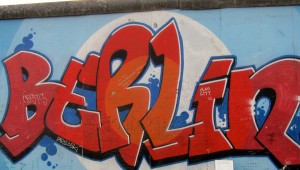
As you know, after World War II the United States, Great Britain, the Soviet Union and France divided Germany into four occupied zones.
Berlin was encased in the Soviet section, but due to the importance of the city as the capital of Germany and center of the Nazi regime, the allies also divvied up the city. The United States, Great Britain and France took West Berlin. The Soviet Union claimed East Berlin.
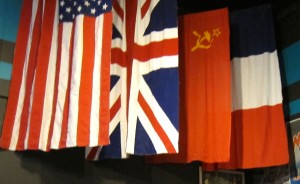
West Berlin flourished. East Berlin did not, and hundreds of thousands of East Berliners fled to the West.
To stop the exodus, the German Democratic Republic (GDR), in 1961, closed all borders and built a 100-mile concrete wall running through the center of Berlin and encircling West Berlin. Life behind the Wall in East Berlin became prison-like repressive and remained so for the next 28 years.
And then on November 9, 1989, Berlin’s border doors burst open as suddenly as they had slammed closed, releasing a surprised and euphoric public.
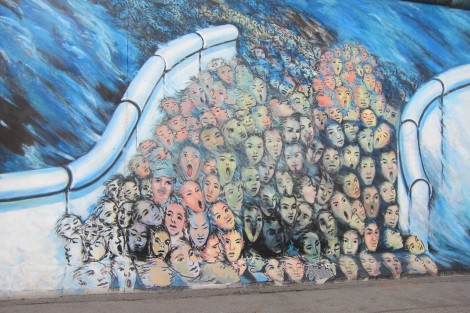
November 9, 2014, marks the 25th anniversary of the fall of the the Wall. Of course, much has happened in the past 25 years, but the Wall remains a key piece of world history and an important component to understanding not only Berlin and the Cold War, but also the horrors of repression and joys of freedom.
If you are lucky enough to be touring Berlin—between eating, drinking, clubbing and letting loose, you must visit some of the Wall sites and attractions. Don’t miss the:
BERLIN WALL MEMORIAL
This main memorial site of German division—an open air complex stretching 1.4 kilometres along a former border strip—shows a section of the Berlin Wall left from 1989, a watchtower and the death-strip area, helping visitors understand the many-layered system of the East German border fortification. Exhibits include a tribute to the Victims of Communist Tyranny and a Window of Remembrance.
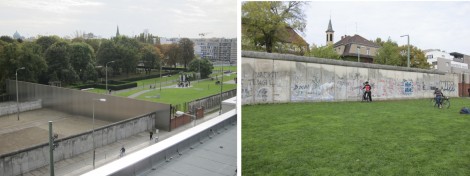
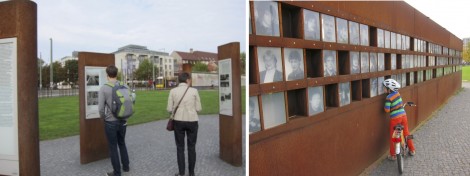
BERLIN WALL MUSEUM AT CHECKPOINT CHARLIE and the BLACK BOX COLD WAR
Situated within sight of where the famous Checkpoint Charlie border crossing stood, the Berlin Wall Museum charts the Wall’s history and showcases the different methods people used to escape from the East.
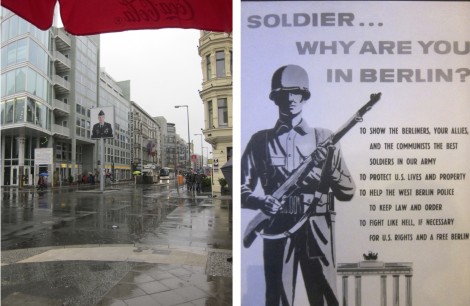
A few steps away, an information pavilion, named for the airplane black box that reveals recorded information after an accident, provides in-depth information about the Cold War and it’s effect on world.
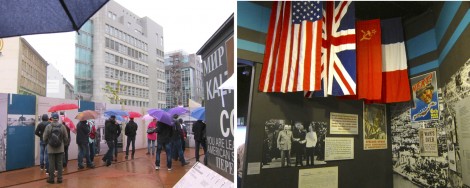
BERLIN-HOHENSCHÖNHAUSEN MEMORIAL (STASI PRISON)
This facility offers a fascinating, if disturbing, look at the main political prison run by the East German Ministry of State Security, known as the Stasi.

The complex’s museum, opened in 2013, offers nearly 500 objects retelling the experiences of those imprisoned.

TRÄNENPALAST (PALACE OF TEARS)
On the site of a train, S-bahn and U-ban station used as a border crossing, this museum is named the “palace of tears” as it was the border crossing where western visitors said good-bye to their East German family and friends forbidden to travel. Exhibitions here illustrate the impact of division on everyday life in Germany through personal stories.

EAST SIDE GALLERY
This much photographed open-air memorial features a nearly mile-long portion of the original Berlin Wall painted, in 1990, by 118 artists from 21 different countries (and a slew of others who added graffiti). The paintings document not only the Wall, but also the joy of freedom.



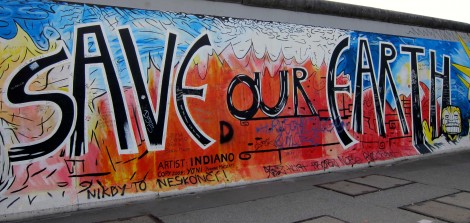
For more information visit: wall.visitberlin.com.
